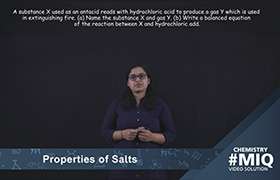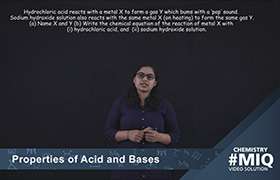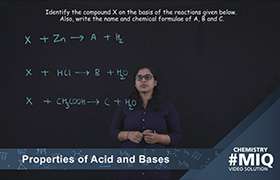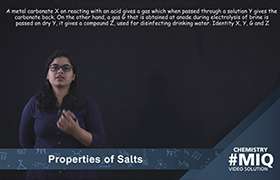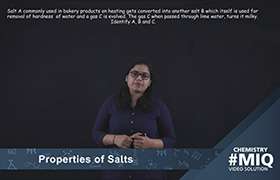CBSE Class 10 Answered
Properties |
Covalent bond |
Ionic bond |
Definition |
Covalent bonding is a form of chemical bonding between two non metallic atoms which is characterized by the sharing of pairs of electrons between atoms and other covalent bonds |
Ionic bond, also known as electrovalent bond is a type of bond formed from the electrostatic attraction between oppositely charged ions in a chemical compound. These kinds of bonds occur mainly between a metallic and a non metallic atom. |
|
Occurs between: Formation: |
Two non-metals A covalent bond is formed between two non-metals that have similar electro negativities. Neither atom is "strong" enough to attract electrons from the other. For stabilization, they share their electrons from outer molecular orbit with others |
One metal and one non-metal An ionic bond is formed between a metal and a non-metal. Non-metals(-ve ion) are "stronger" than the metal(+ve ion) and can get electrons very easily from the metal. These two opposite ions attract each other and form the ionic bond. |
|
Polarity: |
Low |
High |
|
Melting point: |
low |
High |
|
Examples: |
Methane (CH4), HydroChloric acid (HCl) |
Sodium chloride (NaCl), Sulphuric Acid (H2SO4 ) |

